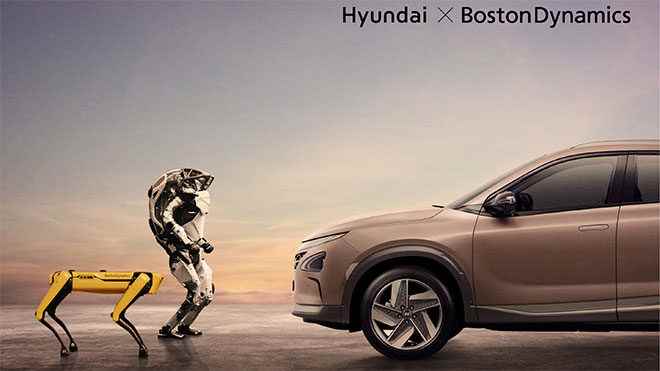The duo of Hyundai and Boston Dynamics, which has been working together for about a year, are expanding the field for new projects.
Boston Dynamics, which Hyundai incorporated with an important step it took last year, has been making a name for itself in robotic technologies in recent years. A new step has been announced for this partnership, which increases expectations for the future with concrete projects. The institute, which will be led by the group, will make a new investment in its resources in the technical areas of organic hardware design as well as cognitive and athletic artificial intelligence (AI). The Institute will also increase its effectiveness in software and hardware engineering related to artificial intelligence and robotics research. In addition to recruiting talented people in such industry-focused areas, it will also collaborate with universities and corporate research labs.
YOU MAY BE INTERESTED
Hyundai and Boston Dynamics partnership expands
Hyundai and Boston Dynamics are preparing to make an initial investment of more than $400 million in the new institute, which will be led by Boston Dynamics founder Marc Raibert. The institute, which prioritizes research, will work to spread advanced robots. Distinguished engineers in the fields of artificial intelligence, robotics, computing, machine learning, and engineering will move more technology-driven for robots. The Institute will be located at the Kendall Square research center in Massachusetts, USA. It will also create new employment opportunities in the field of technology by hiring software and hardware engineers along with artificial intelligence and robotics researchers.
Speaking about the process, Boston Dynamics Director Marc Raibert; “Our goal is; to create smarter, more agile, more perceptive and more advanced robots and smart machines. The structure of the institute is based on producing robots that work smoothly by utilizing basic solutions in the field of technology. We will continue to push the limits in order to be more beneficial to humanity in the future.”
